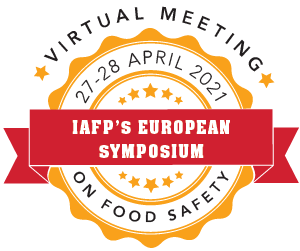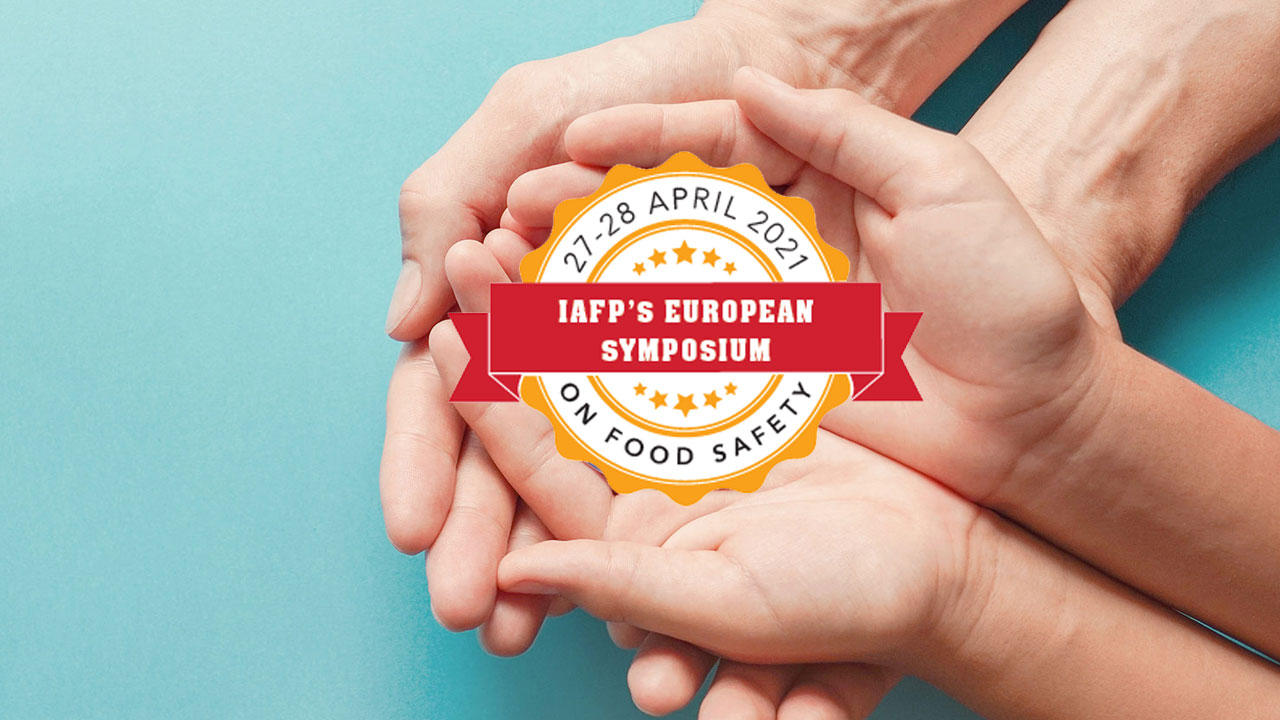Gloria Sánchez invitada al Simposium “Viruses: Looking into and Making Sense of Unforeseen Risks for Food Safety” en el marco del Congreso “European IAFP meeting”
Abstract:
The excretion of severe acute respiratory syndrome coronavirus 2 (SARS-CoV-2) in stools and urine has been used to globally implement wastewater based epidemiology (WBE) as a tool for monitoring the spread of COVID-19 pandemic. Detection of SARS-CoV-2 RNA by molecular techniques in wastewater, sewers, and sludge has showed its potential as an early warning tool, and different countries are currently implementing sewage surveillance into their national or regional COVID-19 monitoring programs. WBE can determine the presence of both asymptomatic and symptomatic infected individuals in a community and can be used as an epidemiological indicator, as well as an indicator of emerging variants of concern. Although the presence of SARS-CoV-2 RNA in sewage and effluents waters, these molecular techniques alone cannot discriminate between potentially infectious viral particles and inactivated particles. For this reason, an easily applicable in situ evaluation tool for viral infectivity would complement the current routine molecular analysis, thus providing information on the spread of the virus, on the quantitative estimation of the risks of transfer and exposure, and in turn, facilitating the public health response. From this experience we build on our learning on how to better prepare and respond to other emerging viral pathogens that could impact food safety.






